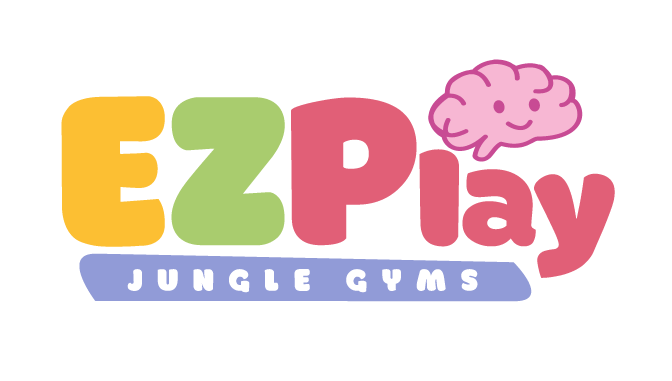
How to Create a Brain-Building Playroom at Home (Without the Overwhelm)
Written by Dr. Stefanie Rodsater, Pediatric Chiropractor and Founder of Building Brilliant Brains
You want your child to thrive.
To move more. Focus better. Feel calmer.
You know they don’t need more screen time or more plastic toys.
They need purposeful movement.
But turning your home into a brain-building haven can feel… overwhelming.
Here’s the good news:
You don’t need a Pinterest-perfect playroom.
You just need a few strategic tools that invite climbing, balancing, and sensory movement—and you’ll be building your child’s brain every single day.
The Brain-Environment Connection
Glenn Doman believed that environment matters more than instruction.
Why? Because your child’s brain is wired to learn through exploration and movement.
When you create a space that invites movement, they naturally develop better:
-
Coordination
-
Focus
-
Emotional regulation
-
Spatial awareness
-
Confidence
What Makes a “Brain-Building” Playroom?
It’s not about square footage or matching bins.
It’s about creating zones that give the brain the input it needs:
1. A Climbing Zone
Why it matters: Climbing builds problem-solving, grip strength, and spatial awareness.
Tools to use:
🧗♂️ Koala Adventure Playset
🐼 Panda Playground Jungle Gym
🏔️ Couch cushions + stairs work in a pinch!
2. A Balance + Vestibular Zone
Why it matters: Balance trains the brain to regulate focus, mood, and coordination.
Tools to use:
🪵 EZPlay Wobble Balance Board
🎯 Painter’s tape lines on the floor
🌊 Use rocking, spinning, or log rolling as part of the routine
3. A Sensory Regulation Zone
Why it matters: Kids need safe places to reset their nervous systems.
Tools to use:
🏕 Panda Teepee Tent for quiet time
🎶 Soft music, lights, fidgets, or books
🧸 Pillows + blankets to create a calming nook
4. An Open Movement Space
Why it matters: Free movement supports creativity and midline crossing.
Tools to use:
👶 Open floor space
🧱 Pikler Triangle + Ramp
👣 Barefoot movement area for crawling, spinning, animal walks
Bonus Tips for Brainy Spaces
✅ Keep it simple. Rotate toys to reduce overwhelm and improve engagement.
✅ Make everything accessible. Low shelves = independence.
✅ Label zones or tools with pictures to reinforce learning.
✅ Include you! Model movement and join the fun.
Final Thoughts
You don’t need to buy out a Montessori catalog to build your child’s brain.
You just need a few purposeful movement tools, a little open space, and a mindset that says:
“My child’s brain grows through play.”
🧠 Want to build your own movement-rich play zone?
EZPlay’s collection of Montessori-inspired climbing gyms, balance boards, and sensory tools make it easy to support brain development from day one.






